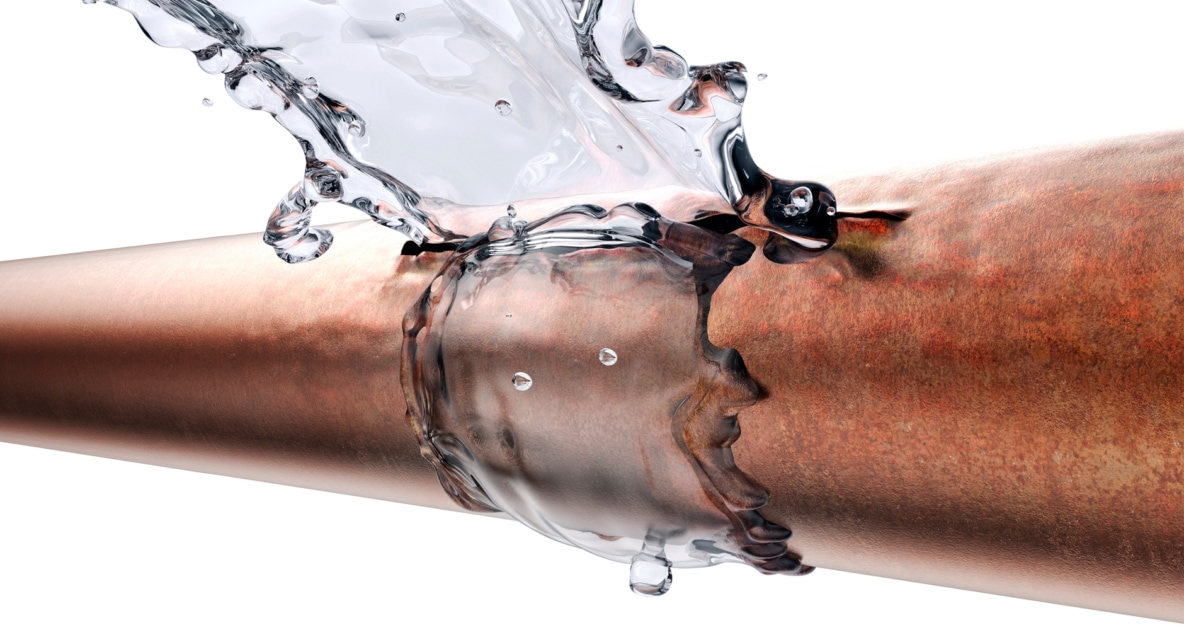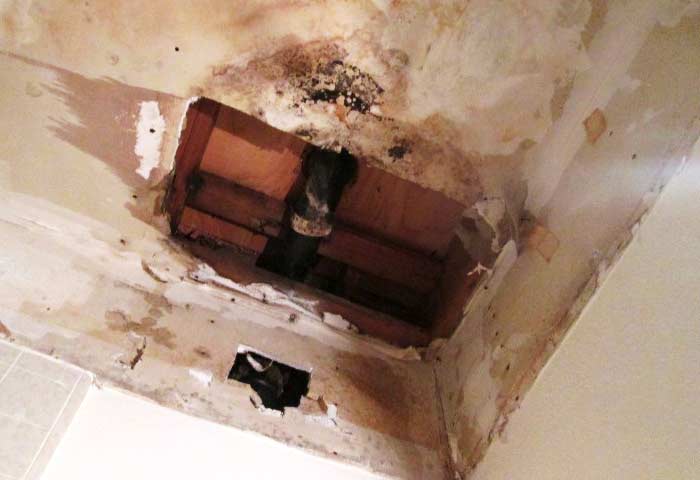Repair Tips For Flood Damage From a Leaky Pipeline - Get Your Home Back
Repair Tips For Flood Damage From a Leaky Pipeline - Get Your Home Back
Blog Article
The content following next about What You Should And Shouldn t Do When Dealing With Water Damage is incredibly entertaining. You should investigate it.

What should you do if a water pipe bursts in your house, creating a mini-waterfall and flooding an area of your home? The longer you wait, the a lot more serious the water damage in your property. For these reasons, you need to learn what to in case of a burst water pipe.
Shut down the Key Waterline Valve
The first thing you have to do is close the shut-off shutoff. Look for the regional shut-off valve to turn-off water in one certain location just. If you do not recognize where the local shut-off shutoff to the component is, you need to turn-off the primary waterline shutoff. This will cut off the water in your entire residence. Normally, the primary valve is located outside the residence alongside the water meter. If it's not there, you can additionally discover it in the basement at an eye-level or maybe in the 1st floor on the ground. Typically, contractors however the shut-off shutoff generally ground level restroom or ideal alongside it.
Call Water Damages Reconstruction Pros for Aid
After shutting the water resource, call the pros for assistance. With their specialist aid, you can mitigate worsening because water can permeate via your points resulting in deformed baseboards, loosened ceramic tiles, or damage structure.
Record the Damages For Insurance coverage
As you are waiting for the pros to get here, record the damages created by the errant pipeline. Remaining positive with this allows you to submit a case for coverage, which will help you and also your family members get back on your feet.
Restore Things That Can Be Saved
Peruse the things and also take out the most vital ones from the pile once you're done taking pictures. Dry them off and try to protect as high as you can. Drag them away from moisture so they can start to dry out.
Begin the Drying Process
While waiting for the pros, you can begin the drying out procedure. Fortunately, water from your waterlines are clean so you don't have to worry about drain water. Nonetheless, the flowing water might have interrupted the dust and particles in your carpets as well as floorboards. So be prepared with handwear covers as you use containers to unload out the water. Blot out as a lot as you can with old towels. You can also switch on an electric fan or open windows to advertise air circulation. This will certainly accelerate drying out and also hinder mold as well as mildew growth.
Experts are the only ones qualified to take care of the burs pipes and succeeding damages. And also bear in mind, pipelines do not simply unexpectedly burst. You will generally see red flags like bubbling paint, unusual noises in the plumbing, stuffy odor, caving ceiling, peeling off wallpaper, or water discolorations. Focus on these points, so you can nip any problems in the bud.
What should you do if a water pipeline bursts in your home, developing a mini-waterfall as well as flooding an area of your residence? For these factors, you need to discover what to in instance of a burst water pipe. After closing the water resource, call the pros for help. With their expert aid, you can minimize exacerbation because water can leak through your points resulting in deformed walls, loose ceramic tiles, or damages framework. The good news is, water from your waterlines are tidy so you don't have to fret regarding drain water.
BROKEN WATER PIPES: COST TO REPLACE & WAYS TO FIX A PIPE
CAUSES OF A BROKEN WATER PIPE
A water pipe can break for several reasons depending on the environment you live in, type of pipe, and circumstances.
The most common cause of broken pipes is freezing. If you live in a colder climate, this could happen. When water freezes it increases in volume by 9% and the pressure in the pipes can go from 40 psi to 40,000 psi. Clearly, this could be detrimental to the pipes. Water freezing causes quick expansion, which puts stress on the pipes and could lead them to crack or weaken. When water thaws, it will leak out the cracks. Other changes in water pressure can also cause breakage. Another common cause of broken water pipes is age.
Depending on the material, water pipes can last anywhere from 70-100 years. But the older they get, the more susceptible they are to weakening and corroding. Older pipes coming into contact with another material could speed up the corrosion process as well. PVC pipes can become brittle with age, while copper is prone to corrosion and stress over time. Something that could also potentially break water pipes is when they move. They may move from construction or the house settling. Moving can stress the fixed pipe which may lead to a leak or burst pipe.
HOW MUCH WATER COULD LEAK INTO YOUR HOUSE FROM A BROKEN PIPE?
The amount of water that leaks depend on how big the break in a pipe is. If it is just a minor crack, water will slowly leak out. This isn t as serious as a full broken pipe, but it can still cause significant damage to your home. Burst pipes can leak up to 10 gallons of water per minute. The amount of water leaked also depends on what appliance is involved. The water line to your refrigerator can leak to 1 gallon per minute depending on water pressure. One toilet supply line may leak 2-3 gallons a minute and a washing machine hose will leak up to 10-12 gallons per minute.
TURN THE WATER OFF
Doing this first is imperative; everything else can wait. You need to deactivate the water supply to stop the flow of water and prevent more water from leaking into your home. Shutting off the water could potentially save you thousands in water damage repairs. Locating the water shutoff valve depends on the climate you live in. For colder climates, the valves are usually inside, such as in the basement. For houses in milder weather, the shutoff valves will probably be outside either attached to an exterior wall or in an underground box with a removable lid.
OPEN A FAUCET
The next thing to do is to open a faucet or turn on a sink. This will relieve any remaining water pressure in the pipes and ensure a full-shut down.
GET RID OF THE WATER
The quicker you get rid of the water, the less water damage and mold there could be. Use a mop and a shop vacuum to help get clean up the water. Use towels to dry everything the best you can.
CUT AND REMOVE THE DAMAGED PIPE
Once you have shut off the water and drained the damaged water pipe, you can begin to fix the issue. Cut out the damaged section of the pipe with a pipe cutter, ensuring that you also cut one inch extra on each side of the damage. Once you get rid of the broken part of the pipe, you may begin repairs.
https://www.wmhendersoninc.com/blog/broken-water-pipes-cost-to-replace-ways-to-fix-a-pipe/

We had been made aware of that report about Water Damage Restoration Do s And Don t from a good friend on a different website. Please take a moment to share this write-up if you liked it. We thank you for reading our article about The Do s And Don ts After Water Damage.
Schedule An Appointment Report this page